How to Get Good Song Ideas
Finding Inspiration
-
 Visualize the message, theme, or moment that you want to capture. If you want to write a song about a specific subject, sit in a quiet place and clear your mind. Think about your subject matter, or look at it if it's an object, image, or environment. Allow it to fill your emotions, and try to put your experience into words.[1]
Visualize the message, theme, or moment that you want to capture. If you want to write a song about a specific subject, sit in a quiet place and clear your mind. Think about your subject matter, or look at it if it's an object, image, or environment. Allow it to fill your emotions, and try to put your experience into words.[1]- Suppose you just had a great first date and feel like writing a song about it. Clear your mind, replay the night in your head, and let your thoughts and feelings percolate.
- Don't filter your thoughts or try to force yourself to write down words. Just focus on putting yourself in the moment and letting it fuel your emotions. If you get inspired and words do come to mind, write them freely without making any edits.
-
 Allow your mind to wander while you're doing routine tasks. Let your creative juices flow when you're washing the dishes, taking a shower, driving, or going for a walk. Think about a memory, person, or emotion, or just clear your thoughts and be open to any ideas that float to the surface.[2]
Allow your mind to wander while you're doing routine tasks. Let your creative juices flow when you're washing the dishes, taking a shower, driving, or going for a walk. Think about a memory, person, or emotion, or just clear your thoughts and be open to any ideas that float to the surface.[2]- If an idea for a song, melody, or lyric comes to you, write it down or record yourself using a cell phone app.
-
 Analyze other artist's lyrics and song structures. Read song lyrics from a variety of genres and time periods. Take note of how artists structured verses and choruses, rhyme schemes, and rhythmic patterns. Identify the tone, notice devices like similes and metaphors, and ask yourself who the artist's words are addressing.[3]
Analyze other artist's lyrics and song structures. Read song lyrics from a variety of genres and time periods. Take note of how artists structured verses and choruses, rhyme schemes, and rhythmic patterns. Identify the tone, notice devices like similes and metaphors, and ask yourself who the artist's words are addressing.[3]- Look for similarities and differences across genres and periods. Use your insights to inform your own tastes, set your musical goals, and decide the type of song you want to write.
- For instance, contemporary pop tracks are typically catchy, simple, and make use of repetition. Many alternative hip hop lyrics are rhythmically and thematically complex, while country lyrics often aim to tell a story with a clear beginning, middle, and end.
-
 Look for inspiration in music, literature, film, and other art forms. Immerse yourself in a classic album, riveting novel, striking painting, or brilliant film. Put yourself within the work of art's story or moment. Let it play out in your mind and trigger your emotions.[4]
Look for inspiration in music, literature, film, and other art forms. Immerse yourself in a classic album, riveting novel, striking painting, or brilliant film. Put yourself within the work of art's story or moment. Let it play out in your mind and trigger your emotions.[4]- If you have a particular theme in mind, look to works of art with similar tones. For instance, listening to love songs or watching a romantic drama can help you get inspired if you want to write a love song of your own.
EXPERT TIPHalle Payne has been writing songs since the age of eight. She has written hundreds of songs for guitar and piano, some of which are recorded and available on her Soundcloud or Youtube channel. Most recently, Halle was a part of a 15-person collaboration in Stockholm, Sweden, called the Skål Sisters.
Halle Payne
Singer/Songwriter Halle Payne
Halle Payne
Singer/SongwriterStep outside of yourself to push the envelope. Halle Payne, songwriter, tells us: "It doesn't have to be all about you. Put yourself in another character's mind, and write from their perspective. It could be dark and tortured, funny, or just plain weird. Even if it's not a hit, this kind of exercise will stretch your songwriting abilities."
-
 Draw pictures and imagine stories about your sketches. If you think better in images than words, make quick doodles or sketch a scene or feeling. Look back at your drawings and think about what's going on in the images in front of you.[5]
Draw pictures and imagine stories about your sketches. If you think better in images than words, make quick doodles or sketch a scene or feeling. Look back at your drawings and think about what's going on in the images in front of you.[5]- Even nonsense doodles can add colorful details to song lyrics. Suppose you drew a stick figure trying to balance an elephant, piano, and sofa on top of each other. You could use that image as a metaphor or simile in a song about dealing with tons of pressure.
Coming up with Lyrics
-
 Write freely for 15 to 30 minutes every day. Writing is like exercising your muscles, so stick to a set routine. Without editing or filtering your thoughts, write whatever comes to mind for 15 to 30 minutes a day. Don't worry if most of what you write is unusable. Now and then, you might come up with a good line that you can keep exploring.[6]
Write freely for 15 to 30 minutes every day. Writing is like exercising your muscles, so stick to a set routine. Without editing or filtering your thoughts, write whatever comes to mind for 15 to 30 minutes a day. Don't worry if most of what you write is unusable. Now and then, you might come up with a good line that you can keep exploring.[6]- Write, edit lyrics, and brainstorm music in a quiet place. You won't be able to concentrate to the best of your ability if the television is on or there's lots of commotion around you.
-
 Keep a notepad on you and scribble notes throughout the day. When you're out and about and think of an idea, jot it down or record it on your phone. Even if you like to record yourself singing or speaking, keep a pad and pen on you in case your device dies.[7]
Keep a notepad on you and scribble notes throughout the day. When you're out and about and think of an idea, jot it down or record it on your phone. Even if you like to record yourself singing or speaking, keep a pad and pen on you in case your device dies.[7]- Great ideas can come in the middle of the night when you're in a dreamy state, so keep a pad on your nightstand. Even if it doesn't make much sense when you read it in the morning, it may be the germ of a great theme, tune, or lyric.
-
 Find a good line in your notes and expand on it. Look through your daily pad or journal entries, free-writing notes, and anything else you've written. Depending on how much you write, review your pages daily, every few days, or every week or so. Try to find a good line, phrases, or a paragraph, then work on developing that idea.[8]
Find a good line in your notes and expand on it. Look through your daily pad or journal entries, free-writing notes, and anything else you've written. Depending on how much you write, review your pages daily, every few days, or every week or so. Try to find a good line, phrases, or a paragraph, then work on developing that idea.[8]- You may write a week's worth of entries and find 1 or 2 lines that seem to click. Keep exploring that idea with both free-writing and purposeful writing sessions. Try to come up with passages that further develop the idea.
- Keep in mind good songs are often conversational. Aim for simplicity, especially when you're first coming up with lyrics. You can worry about rhymes, rhythms, and colorful imagery later.[9]
-
 Refine your passages into rhyming verses. Once you've put together your raw lyrics, work on tweaking their rhythm and setting up a rhyme scheme. Try using a rhyming dictionary to swap out words in your verses and create pleasing sounds.[10]
Refine your passages into rhyming verses. Once you've put together your raw lyrics, work on tweaking their rhythm and setting up a rhyme scheme. Try using a rhyming dictionary to swap out words in your verses and create pleasing sounds.[10]- Keep in mind you shouldn't sacrifice meaning or emotional content just to make a rhyme. Additionally, the rhyme scheme doesn't always have to be strict or perfect.
- For instance, take the lyric 'Tell me something, girl / Are you happy in this modern world?' 'Girl' and 'world' don't rhyme perfectly, but they share enough vowel and consonant sounds to please the ear.
Tip: Your lyrics and melody need to work together harmoniously rather than box each other into awkward, forced spots. If you write lyrics first, develop your melody as you refine them instead of setting them in stone before coming up with a tune.[11]
Brainstorming Melodies
-
 Play with tunes and chords on your instrument of choice. Start by playing simple chords on your piano, guitar, or whichever instrument you play. If you have a specific theme or lyrics, think about the tone your melody should convey. If it's dark or sad, you might want to stick to minor chords. If it's happy and up-tempo, you might be better of with major chords.[12]
Play with tunes and chords on your instrument of choice. Start by playing simple chords on your piano, guitar, or whichever instrument you play. If you have a specific theme or lyrics, think about the tone your melody should convey. If it's dark or sad, you might want to stick to minor chords. If it's happy and up-tempo, you might be better of with major chords.[12]- Don't worry if you don't play an instrument. You can still come up with a catchy tune by humming or whistling. Then work with a friend or relative who plays an instrument to refine the tune and draft sheet music.
-
 Try coming up with a melody based on a lyric. If you've already written lyrics, try singing the first line of a verse or chorus in an array of tunes and tempos. Play around with singing higher notes at different words to add emphasis. Keep experimenting until you find a memorable melody that captures the tone you're trying to achieve.[13]
Try coming up with a melody based on a lyric. If you've already written lyrics, try singing the first line of a verse or chorus in an array of tunes and tempos. Play around with singing higher notes at different words to add emphasis. Keep experimenting until you find a memorable melody that captures the tone you're trying to achieve.[13]- If you've written lyrics, ask a musical friend how they hear your words. Bounce ideas off of each other and sing the words in different improvised tunes.[14]
-
 Build complementary tunes around your base melody. For the verses, craft a progression of tones, or notes, in standard patterns. In a simple melody, the first line often ascends the scale, or rises in pitch, then the second line descends in response.[15]
Build complementary tunes around your base melody. For the verses, craft a progression of tones, or notes, in standard patterns. In a simple melody, the first line often ascends the scale, or rises in pitch, then the second line descends in response.[15]- Sing the children's song, 'Twinkle, twinkle, little star / How I wonder what you are.' Notice how the first line's notes rise in pitch, then the second goes lower.
- The verses' melody repeats itself, but that doesn't mean it should be predictable or boring. Rhythm is key, so experiment with combinations of quarter, eighth, and sixteenth notes to give your melody fresh, catchy rhythmic accents.
-
 Create contrasting rhythms and tunes to give your song variety. While a song's verses repeat a melody, the chorus presents an opportunity to add contrast. In many great songs, the chorus surprises the listener with tunes and rhythms that leap out from the verses.[16]
Create contrasting rhythms and tunes to give your song variety. While a song's verses repeat a melody, the chorus presents an opportunity to add contrast. In many great songs, the chorus surprises the listener with tunes and rhythms that leap out from the verses.[16]- Contrast is the key to the verse-chorus relationship. One musical passage repeated over and over isn't interesting, so grab your listeners' attention with rhythmically and melodically diverse sections.
Example: Consider Adele's 'Rolling in the Deep,' in which the chorus's long, soaring high notes seem to jump out of the lower-register, rhythmically complex verses and pre-chorus.
You should read it
- How to display lyrics automatically on YouTube?
- How to create lyrics of karaoke songs on Windows
- BeatBot: AI has the ability to write lyrics and compose music
- How to Write an Obituary
- How to view more Spotify lyrics on Windows 10
- How to Find Inspiration to Write Songs
- Instructions for inserting lyrics into your News on Instagram
- How to display the lyrics on the Apple Music iOS 10 application
May be interested
- Top 3 software for identifying the best song titles on smartphones
 top 3 software for identifying the best song titles on smartphones. have you ever heard a great song but didn't know the name of the song that made it impossible for you to find the song to listen to again. precisely because of that and the stasis
top 3 software for identifying the best song titles on smartphones. have you ever heard a great song but didn't know the name of the song that made it impossible for you to find the song to listen to again. precisely because of that and the stasis - 6 Best Free Websites to Find Craft Ideas
 it's not always easy to find an activity that's fun enough to keep us occupied for long enough. why not give your creative side a chance with some diy craft projects?
it's not always easy to find an activity that's fun enough to keep us occupied for long enough. why not give your creative side a chance with some diy craft projects? - How to find song titles on a YouTube video
 with videos viewed on youtube, you can find the name of the song in the comments section below, the reason is because others may be curious about the song like you. this is the easiest trick to search for a song title in a youtube video.
with videos viewed on youtube, you can find the name of the song in the comments section below, the reason is because others may be curious about the song like you. this is the easiest trick to search for a song title in a youtube video. - How to create AI songs on Mmusichero AI
 mmusichero ai is an ai song generator website based on some description and song theme you want to create.
mmusichero ai is an ai song generator website based on some description and song theme you want to create. - 6 ideas of content that anyone doing marketing should 'steal' from IBM
 in this article, andrea from ibm will share valuable ideas from this interview - ideas that can help you or any marketer to expand the content making process and deliver a rewarding experience. price for customers.
in this article, andrea from ibm will share valuable ideas from this interview - ideas that can help you or any marketer to expand the content making process and deliver a rewarding experience. price for customers. - 7 simple ways to find a startup idea
 if you intend to start a business, thinking of a business idea is always something that makes you feel headache. here are 7 suggested questions for you to come up with the best ideas. invite you to consult!
if you intend to start a business, thinking of a business idea is always something that makes you feel headache. here are 7 suggested questions for you to come up with the best ideas. invite you to consult! - 10 best song recording apps for Android
 given the association of mac computers with creative people like musicians, you might think that ios is the only mobile platform suitable for recording music. but that's not true – android has quickly caught up in this area as well.
given the association of mac computers with creative people like musicians, you might think that ios is the only mobile platform suitable for recording music. but that's not true – android has quickly caught up in this area as well. - Applications to identify songs for smartphones
 do not remember the title of the song? the apps below will tell you what the song you are listening to is as well as the singer singing the song.
do not remember the title of the song? the apps below will tell you what the song you are listening to is as well as the singer singing the song. - 4 websites looking for song titles through extreme melodies or do you know?
 have you ever been in the mind of a song melody but can't remember the title or the lyrics? so read this article to be able to 'identify that song.
have you ever been in the mind of a song melody but can't remember the title or the lyrics? so read this article to be able to 'identify that song. - Answer game 2 Image 1 word: Guess the word, Track the song
 with this set of answers, you will easily pass the difficult screen guessing game of 2-picture 1-word game - searching for the song. however, you remember to refer to the answer only when really deadlocked, do not abuse it, so will create attraction as well as create more dramatic.
with this set of answers, you will easily pass the difficult screen guessing game of 2-picture 1-word game - searching for the song. however, you remember to refer to the answer only when really deadlocked, do not abuse it, so will create attraction as well as create more dramatic.



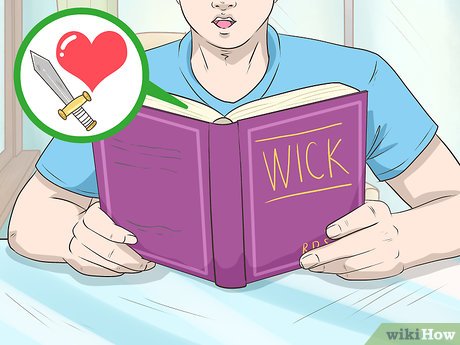


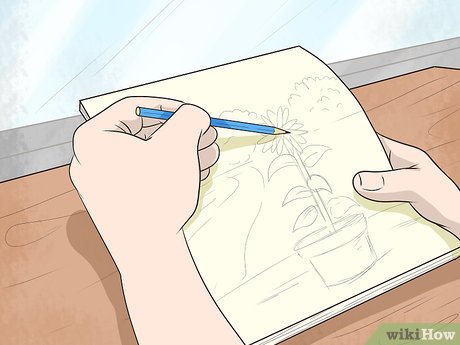

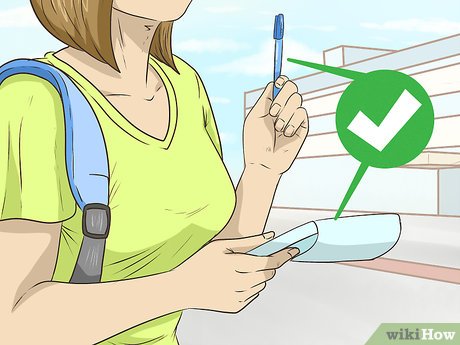
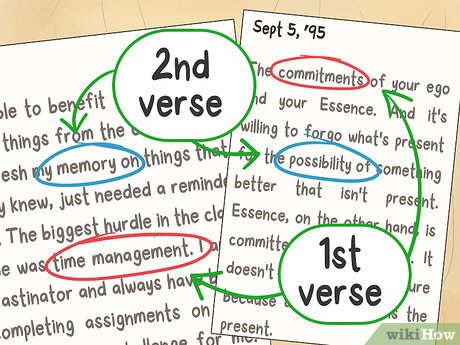
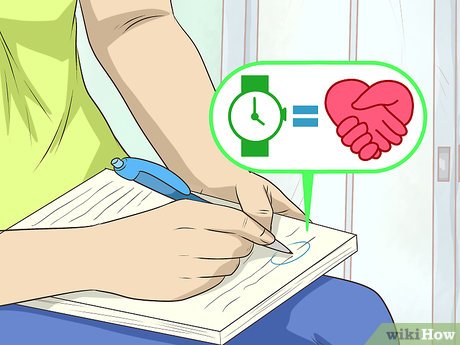
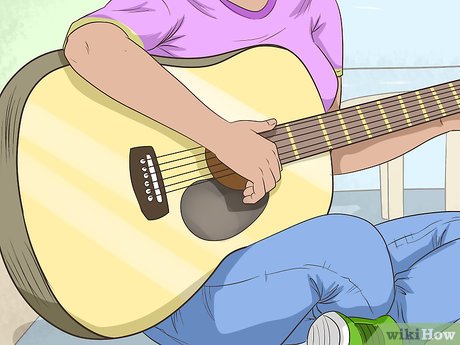
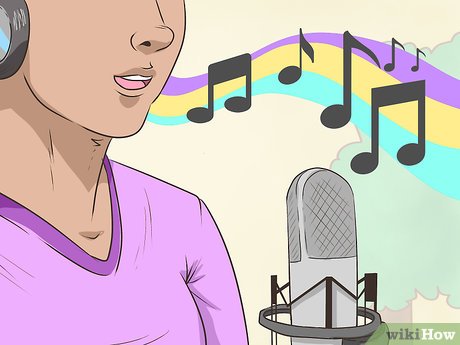
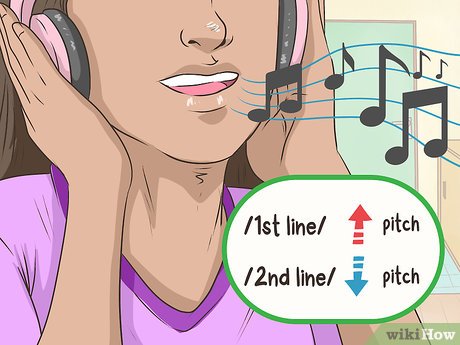
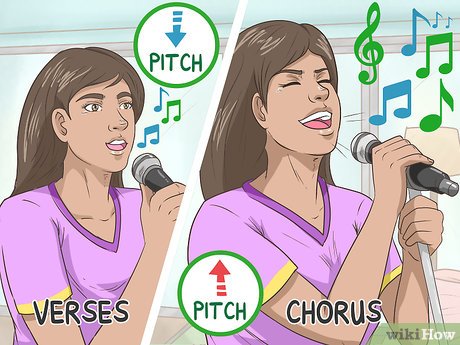










 How to Remove Vocals from Songs
How to Remove Vocals from Songs How to Look After Pets During Fireworks
How to Look After Pets During Fireworks How to Meet a Celebrity
How to Meet a Celebrity How to Analyze Tone in Literature
How to Analyze Tone in Literature How to Get Front Row at a Concert
How to Get Front Row at a Concert How to Pick a Stage Name
How to Pick a Stage Name